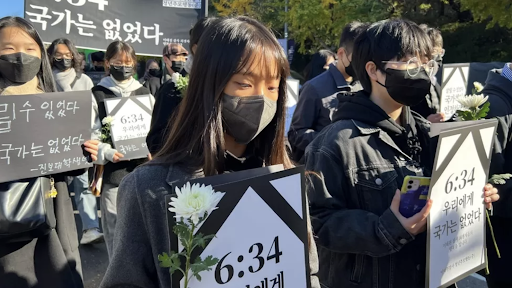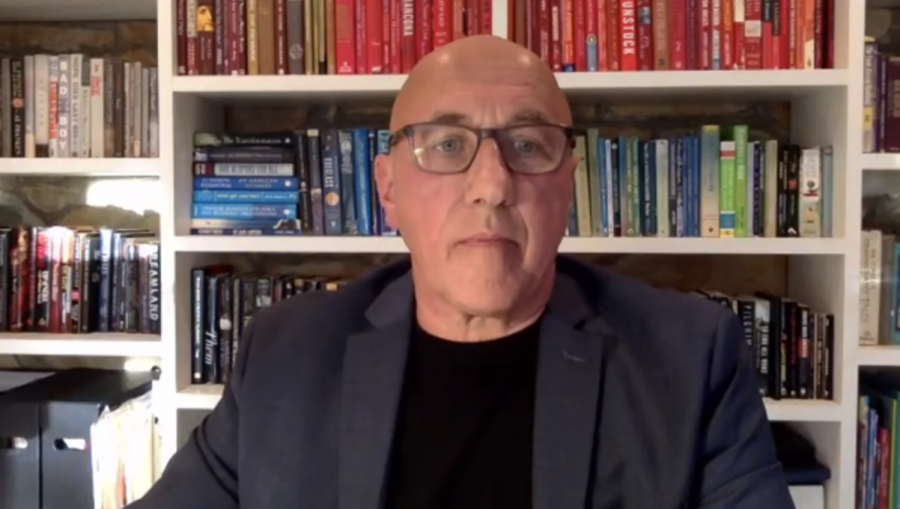On Monday, Oct. 26 a magnitude-7.5 earthquake struck the mountainous ranges of Hindu Kush, Afghanistan, causing immense destruction and injuries across South Asia. The brunt of the quake hit Afghanistan and Pakistan the hardest, reporting at least 311 people dead and 1,200 people injured, with numbers still climbing daily. At a school in Badakhshan, Afghanistan, a stampede during evacuation ended with 12 girls tragically killed and 25 other students injured. As the most affected areas are very remote, death tolls are expected to keep rising as more victims are discovered.
While the epicenter of the quake was in Afghanistan, the effects were widespread and tremors were felt as far as northern India and Tajikistan. Strong earthquakes have been historically common in the region due to the shifting and collisions of tectonic plates between India and Eurasia.
This particular quake activated about 130 miles below the earth’s surface, and damage would have been even more severe had it been shallower. That being said, the 7.5 quake was still a drastic force of devastation — worldwide only about 20 earthquakes a year reach a rate higher than 7.
Rescue workers are still straining to get to isolated and remote areas in the mountains, and freezing weather, impassable roads and absence of shelter are putting survivors in further danger. The focus of relief has switched from swiftly treating the wounded to delivering hygiene kits and shelter to survivors instead.
The Pakistan army has been leading rescue efforts, and is still bringing supplies to the most desperate zones. Countless schools and homes were ruined by the quake, and Pakistan’s Prime Minister Nawaz Sharif has announced government grants of 2000,000 Indian rupees (3055.748 U.S. dollars) for the rebuilding of homes.
Anyone who wants to donate to relief efforts can do so at irusa.org for Earthquake Emergency: Afghanistan and Pakistan.
Buzzfeed, BBC, and The Guardian contributed to this report.











































































































